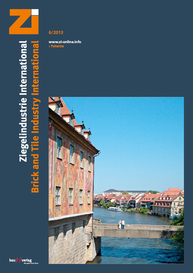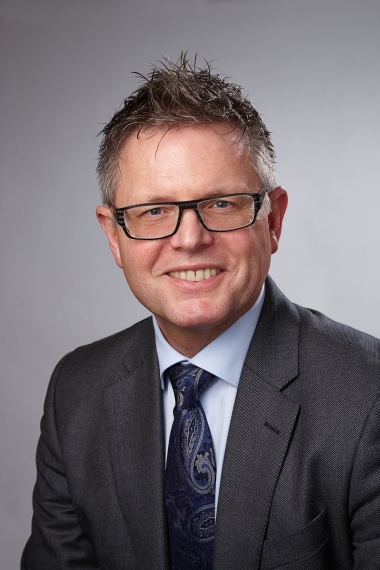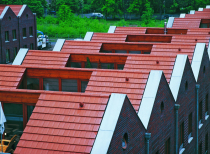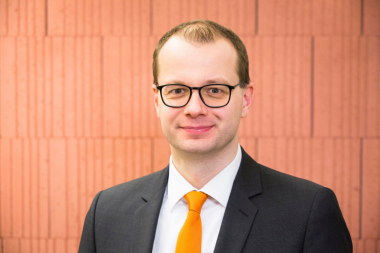Solidarity and securing the future
Solidarity implies that the future challenges for the German clay brick and roofing tile industry can only be overcome if we all work together. This cannot be done if some companies stay on the outside and don not get involved either in honorary association work or in the funding of association activities. This is predominantly a problem in the backing brick industry as this has spread its activities over several associations. Besides the associations on the regional level of the German states and the Federal German Association, especially the Arbeitsgemeinschaft Mauerziegel (Masonry Bricks Working Group) and the Ziegelzentrum Süd (Brick Centre for Southern Germany) fulfil certain functions. With a fusion of the last three organizations, the intention is to improve work efficiency and ensure that as many manufacturers of backing bricks as possible play their part in financing all the different activities.
Solidarity also means a new commonality between the big corporates and medium-size companies, between associations on state level and the big direct members of the Federal German Association. With the new fee model, the state-level associations will be able to step up their important regional work for the German clay brick and roofing tile industry.
Securing the future is the second issue that has occupied us all in many meetings. How can the associations take a more active influence in advance of developments that may have adverse consequences for the industry? And how do we ensure that brick construction is allowed by regulations in future and is seen as the first choice by designers and building owners?
Certainly part of this means equipping associations financially and with the right personnel so that they can successfully function on regional, national and European level. This also includes doing more in future for the presentation of our beautiful products to the trade and public. This starts with informing future architects and engineers all over Germany and across the entire product spectrum, not only in Southern Germany and with almost exclusive focus on backing bricks, but in Central and Northern Germany too, showcasing the benefits of clay roofing tiles and double-leaf brick construction.
The important thing now is to convince all German clay brick and roofing tile manufacturers of the need for this common effort and enlist them for future association work. Only if we succeed in this will we receive the formally required majorities in the pending votes on the fusion of the associations. Only then is the way free for solidarity-driven and -financed association work that can take on the growing challenges and contribute to leading the German clay brick and roofing tile industry into a good future.






